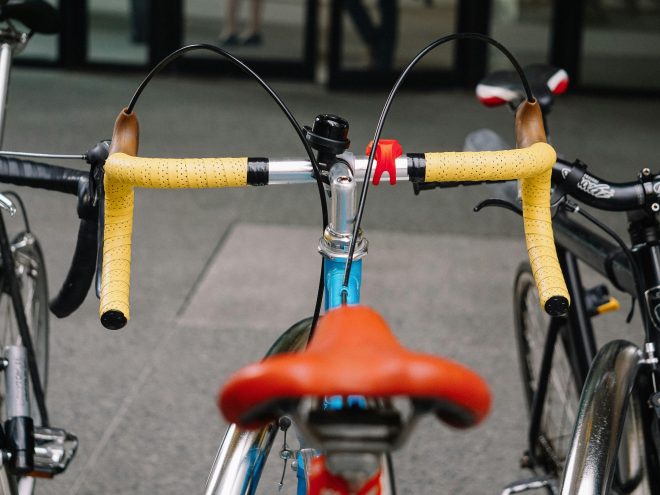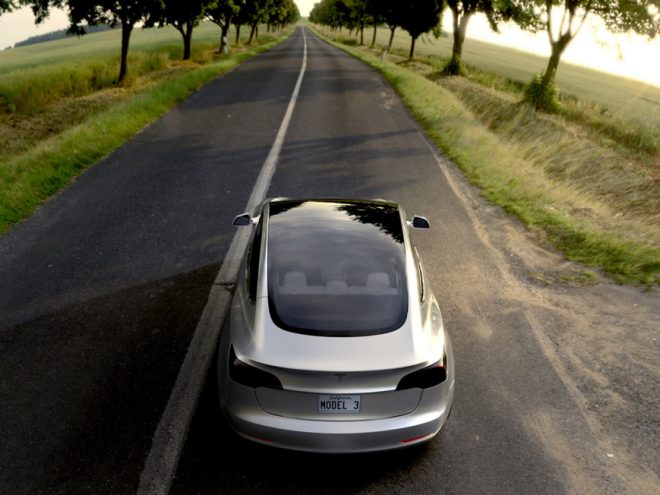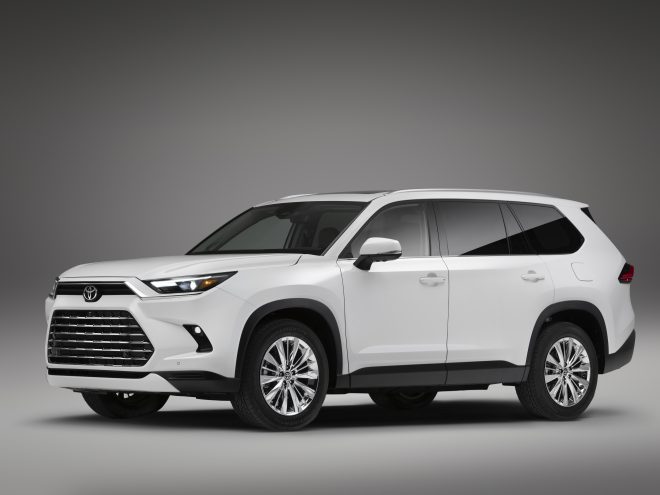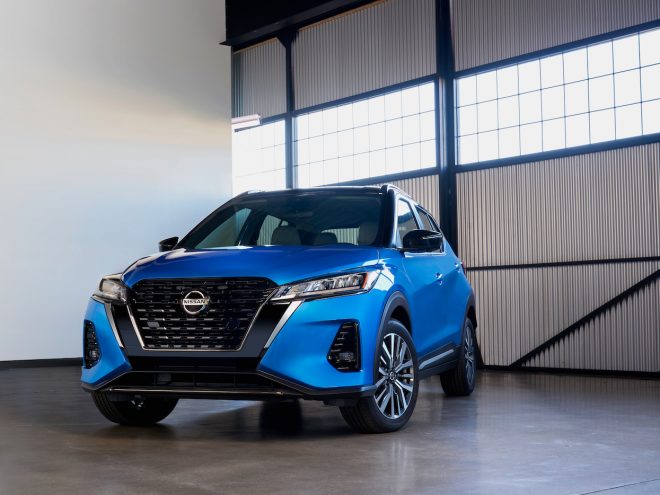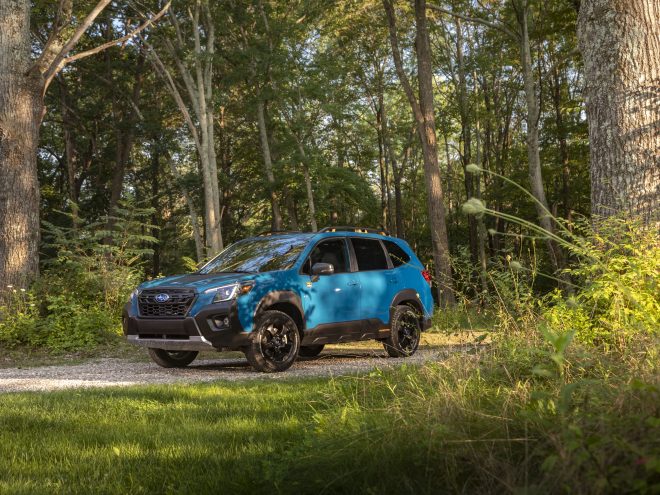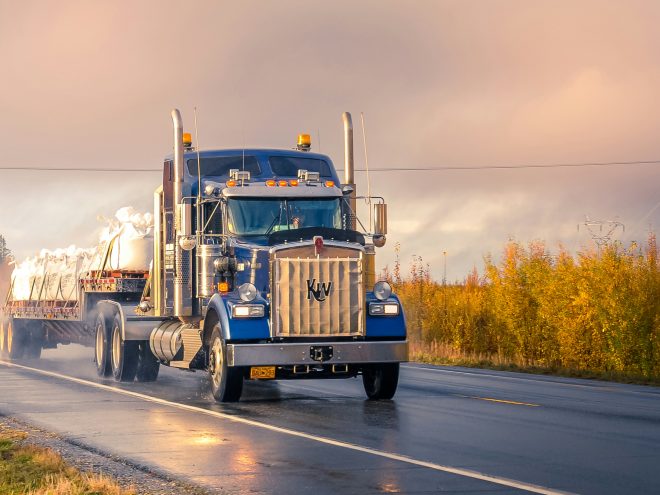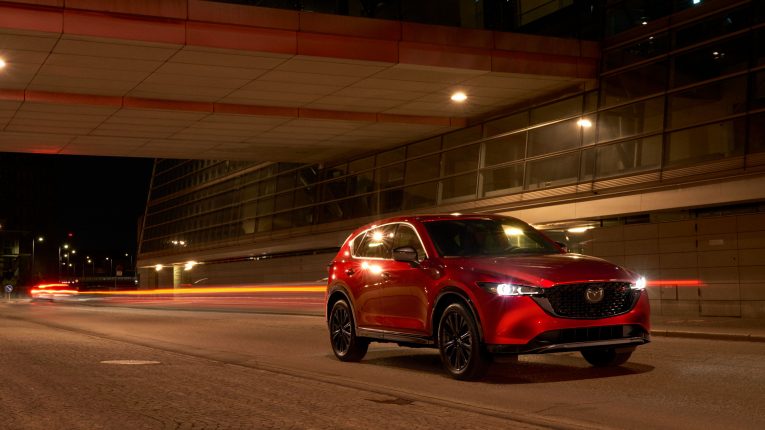
Driving in Poor Conditions
While some car crashes are caused by circumstances out of a driver’s control, such as poor road conditions or dangerous weather, many collisions occur due to a motorist’s actions (or lack thereof). By removing or limiting the ability of drivers to make mistakes while behind the wheel, it is likely that the number and severity of collisions would decline. In this article, we discuss some commonly-used technology features that can help keep drivers, passengers, and pedestrians safe on the road.
Forward Collision Systems
Distracted driving plays a role in a substantial number of collisions in the United States. The National Highway Traffic Safety Administration (NHTSA) notes that distracted driving led to 3,142 traffic fatalities in 2020, the last year for which annual U.S. crash statistics are available. Distracted drivers may have their attention diverted by:
- Texting or a phone call
- Adjusting their car’s climate controls or speaker volume
- Talking or arguing with passengers in the vehicle
- Checking or adjusting the vehicle’s GPS
- Eating or drinking
- Reaching to grab something in the center console or glovebox
Any of these forms of distracted driving can lead to a rear-end collision that the distracted driver will likely be liable for. That’s where a car accident lawyers in Las Vegas can help. Forward collision systems may be able to prevent a collision, protecting the occupants of both vehicles that would have otherwise been affected. A vehicle’s forward collision systems compute the distance between your car and the vehicle in front of you. When the two cars get within a certain distance of one another, the vehicle with a forward collision system automatically slows down to avoid a crash.
Lane Departure Technology
Even the best driver may find their car drifting over the road’s painted lines if they lose focus for a split second. A vehicle that drifts over into another lane may be hit by another car or even end up in a head-on collision into opposing traffic. Lane departure technology can keep a car from drifting into another lane and reduce the chances of a catastrophic crash.
Blind Spot Detection
Motorists should always check their side mirrors before changing lanes, merging onto a freeway, or making a turn. However, even drivers who check their mirrors correctly may be at risk of a crash caused by a vehicle, pedestrian, or object in their blind spot. Mirrors that have an integrated blind spot detection system will make an audible “chirp” when the driver toggles that side’s turn indicator, warning the motorist of the unseen danger. The mirrors also have warning lights that display when something is in the car’s blind spot, even when the turn indicator is not active.
Emergency Braking
Similarly to lane departure technology, there are currently two types of emergency braking systems that may be integrated into modern vehicles. Both braking systems offer an audible warning to the driver that action must be taken to reduce the risks of a crash.
- Dynamic brake: When a vehicle has a dynamic braking system, action by the driver is required to initiate technological support. Once the motorist applies the brakes, the system tracks braking metrics to apply more pressure as required to come to a safe stop.
- Crash imminent braking system: As soon as a vehicle with a crash imminent braking system detects the possibility of a wreck, the car’s brakes will automatically engage to slow or stop the vehicle. This type of failsafe system will only engage when the driver does not begin braking, despite the inevitability of a crash.
Backup Cameras
Backup cameras have become an essential tool for drivers across the world. An effective backup camera substantially increases a motorist’s range of visibility while their car is in reverse. The driver will have a clear view of what’s behind, approaching, and adjacent to their vehicle as they back out of a parking spot or garage. However, it’s important to also check over your shoulder to make sure there are no people or obstructions in the camera’s blind spots before reversing.
Autonomous Cruise Control
A regular cruise control system allows a vehicle to maintain a set speed even after the driver takes their foot off the pedal. The driver must still pay close attention to the road and be prepared to brake if traffic begins to slow down, so they don’t run into the back of another car. Autonomous cruise control helps a driver maintain a safe following distance while maintaining a set speed. The system constantly monitors the space between your vehicle and the car in front. When necessary, the system slows your vehicle down to avoid a rear-end accident.
Using Technology To Reduce Car Crashes
When properly implemented and used, technology can play a crucial role in preventing car accidents and protecting drivers from harm. As vehicles continue to become more sophisticated, we’re sure to see additional technologies that serve to reduce collisions and make driving safer and more enjoyable for everyone on the road.
